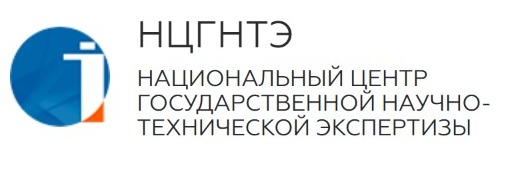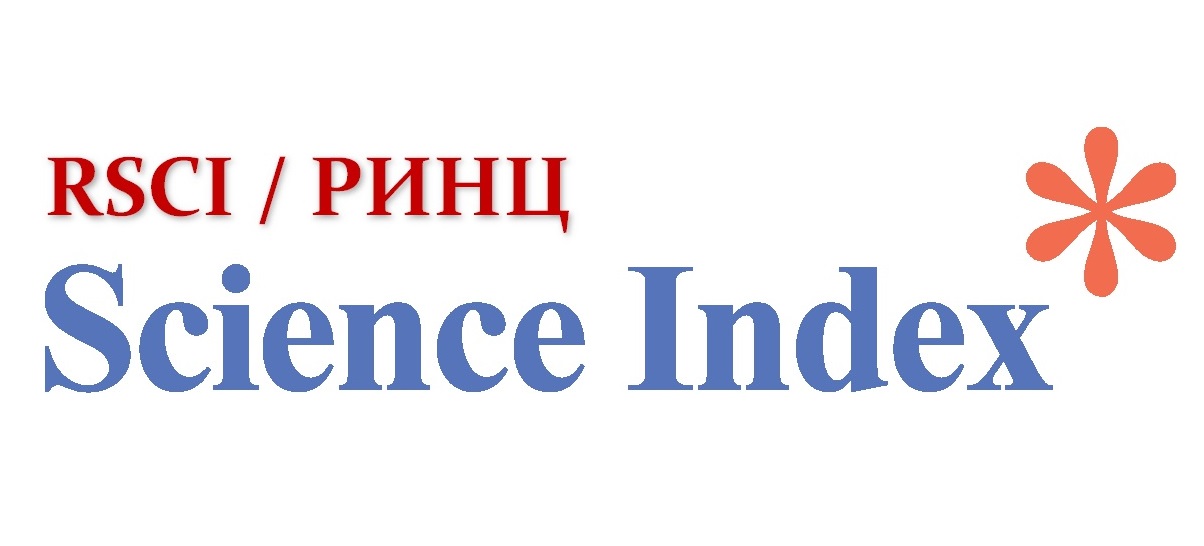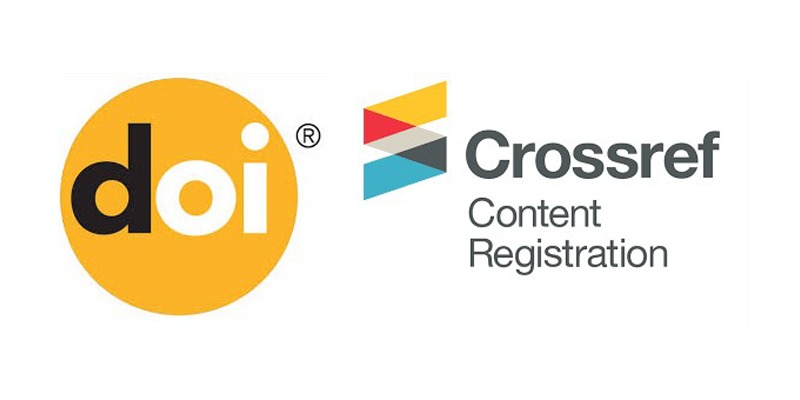Key aspects of the formation of the tourist brand of the Ulytau natural park
Views: 170 / PDF downloads: 89
DOI:
https://doi.org/10.32523/2789-4320-2025-1-214-238Keywords:
branding of the territory, national park, Ulytau, ecotourism, historical heritage, cultural experience, stakeholders, interactionAbstract
The article is a study aimed at identifying key aspects of the branding of the Ulytau State National Natural Park, located in the central part of Kazakhstan. The main purpose of the work is to identify key aspects of branding that contribute not only to attracting tourists, but also to the sustainable development of the region, as well as the preservation of its natural and cultural heritage.
The authors emphasize the need to take into account the rich history and culture of the region, the development of ecotourism and the strengthening of interdisciplinary cooperation between local residents, businesses and experts in the field of tourism. The article also discusses the management of the Ulytau Nature Park using the ethno-aul management model as a strategic solution that increases the authenticity and recognition of the park.
During the interviews, consisting of 14 main questions related to the branding management of the Ulytau Natural Park, as well as the relationship of the local community with government agencies and the business environment, the main terms were defined, on the basis of which the Associative Molecule of the Ulytau State National Natural Park was formed. This model made it possible to visualize and identify a common set of park facilities, highlighting key attractions and routes. Based on the information received, it is possible to develop strategies for promoting various types of tourism, combining objects into thematic routes and offers, which creates more attractive opportunities for tourists and contributes to the sustainable development of the region.
Downloads
Downloads
Published
How to Cite
Issue
Section
License
Copyright (c) 2025 Д. Сейдуалин, А. Муканов, А. Омарова

This work is licensed under a Creative Commons Attribution-NonCommercial 4.0 International License.






